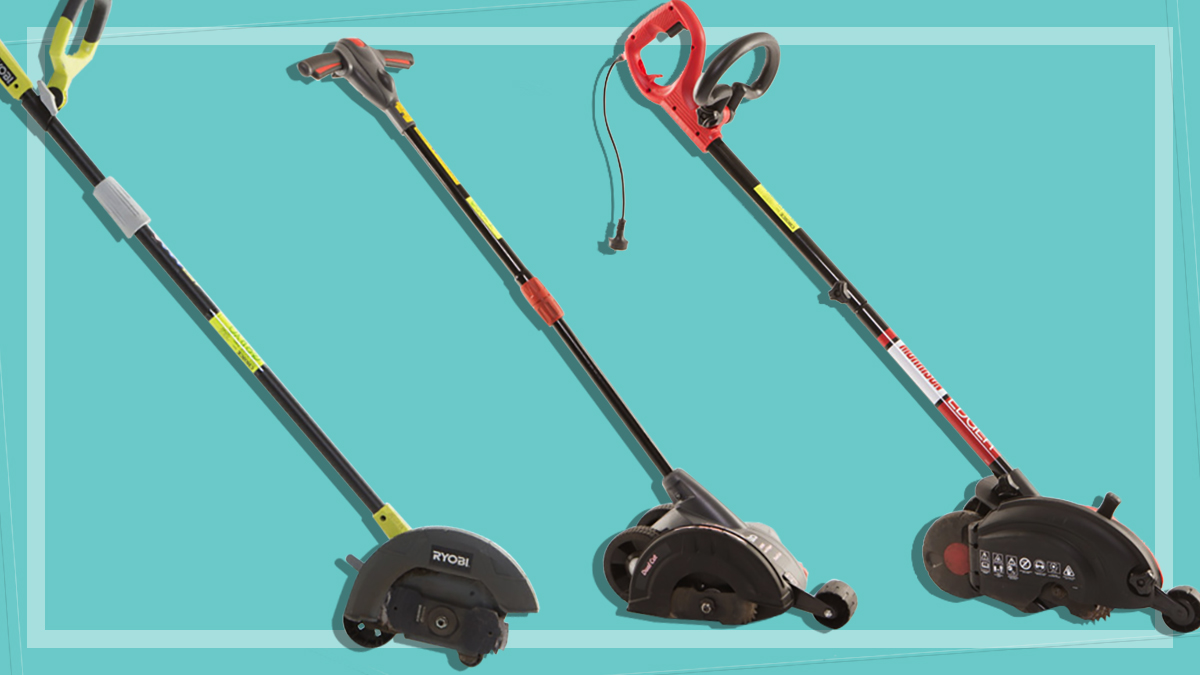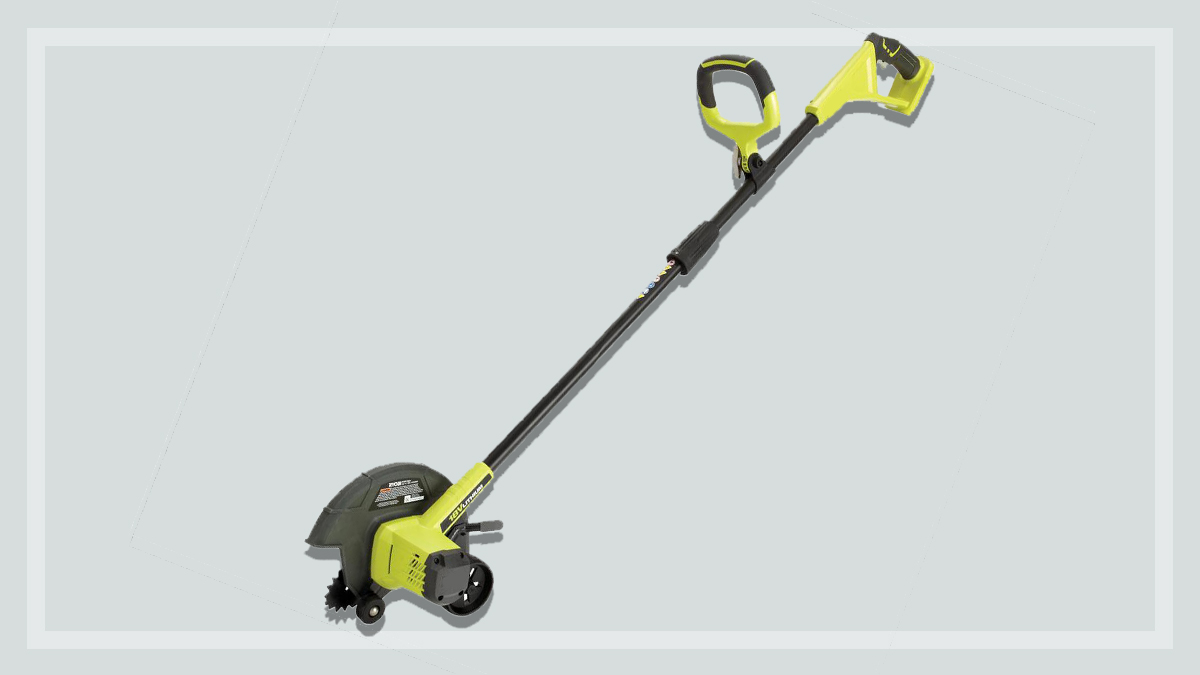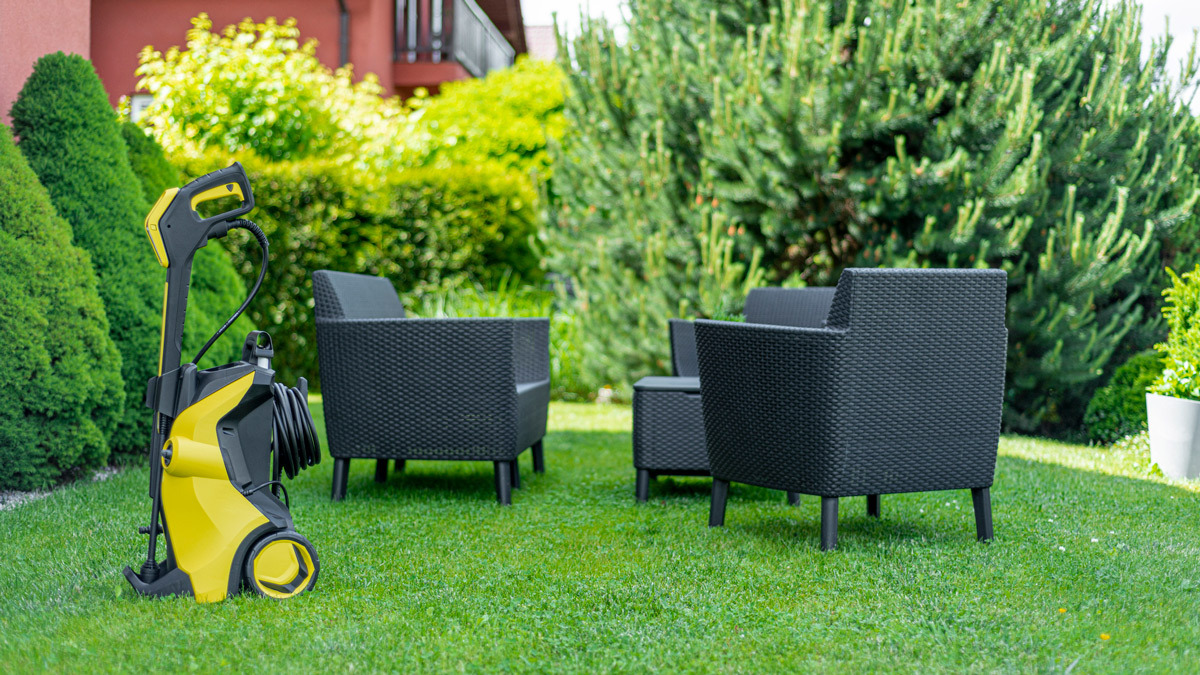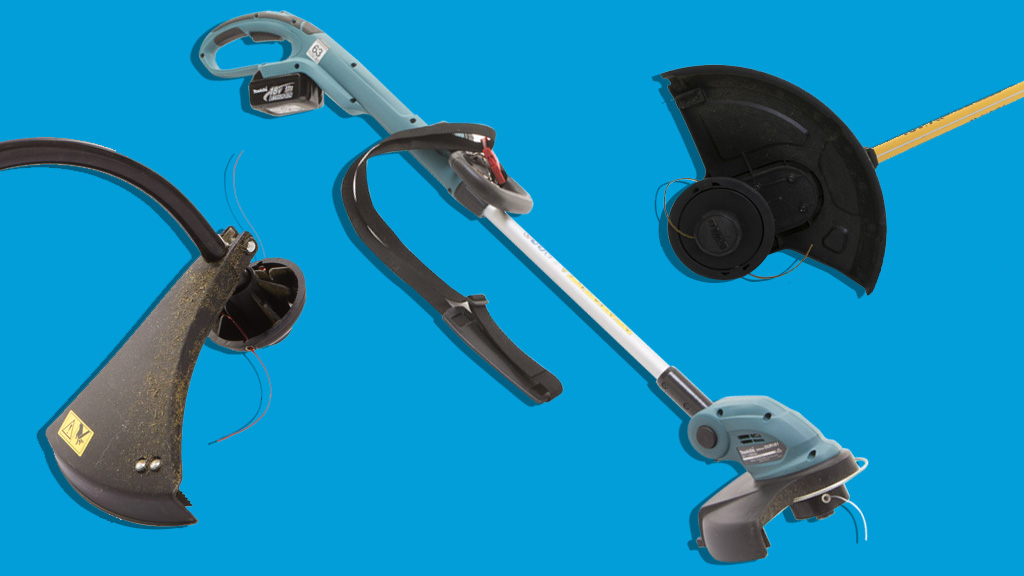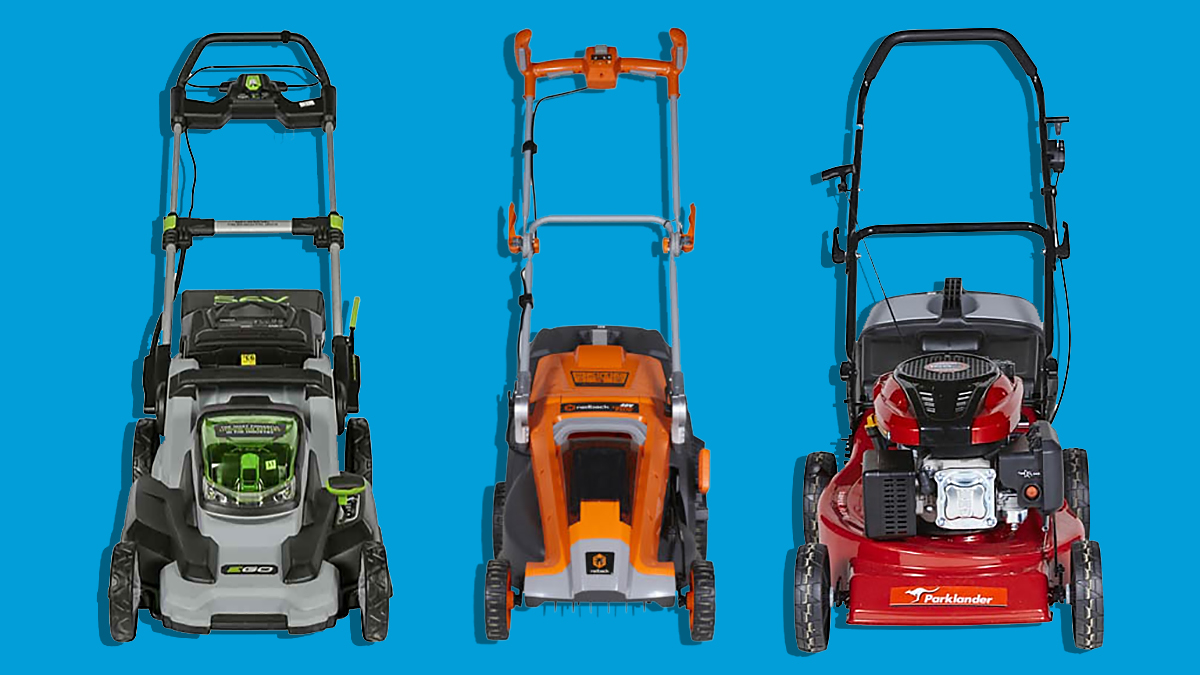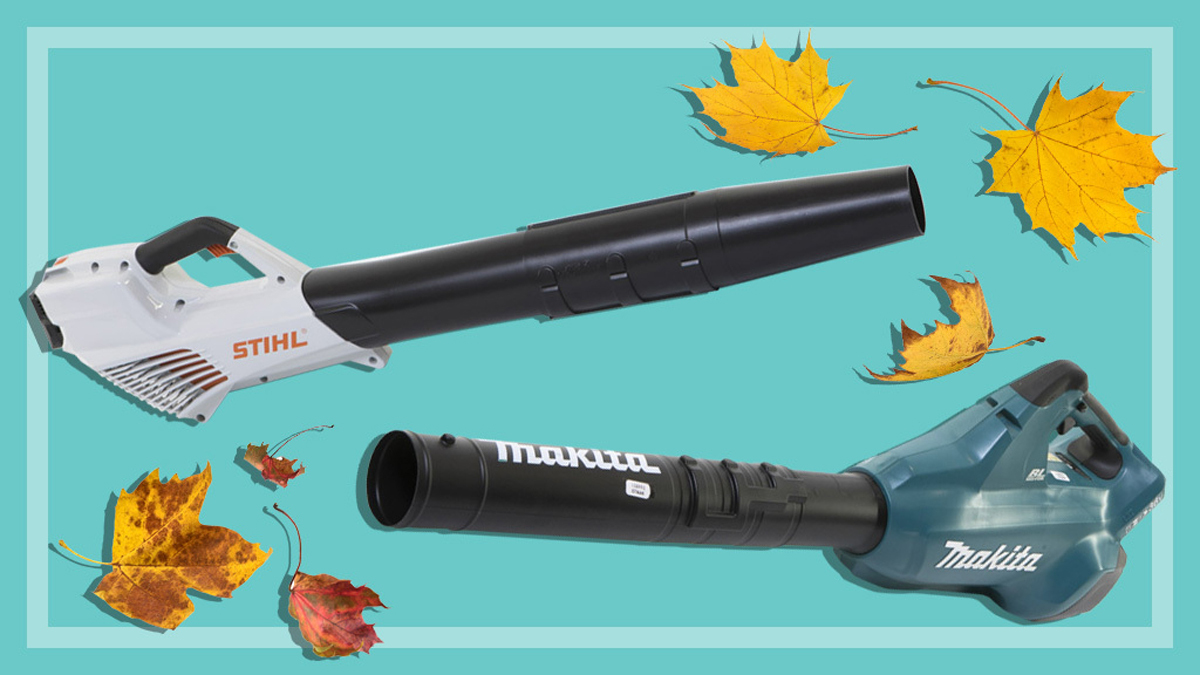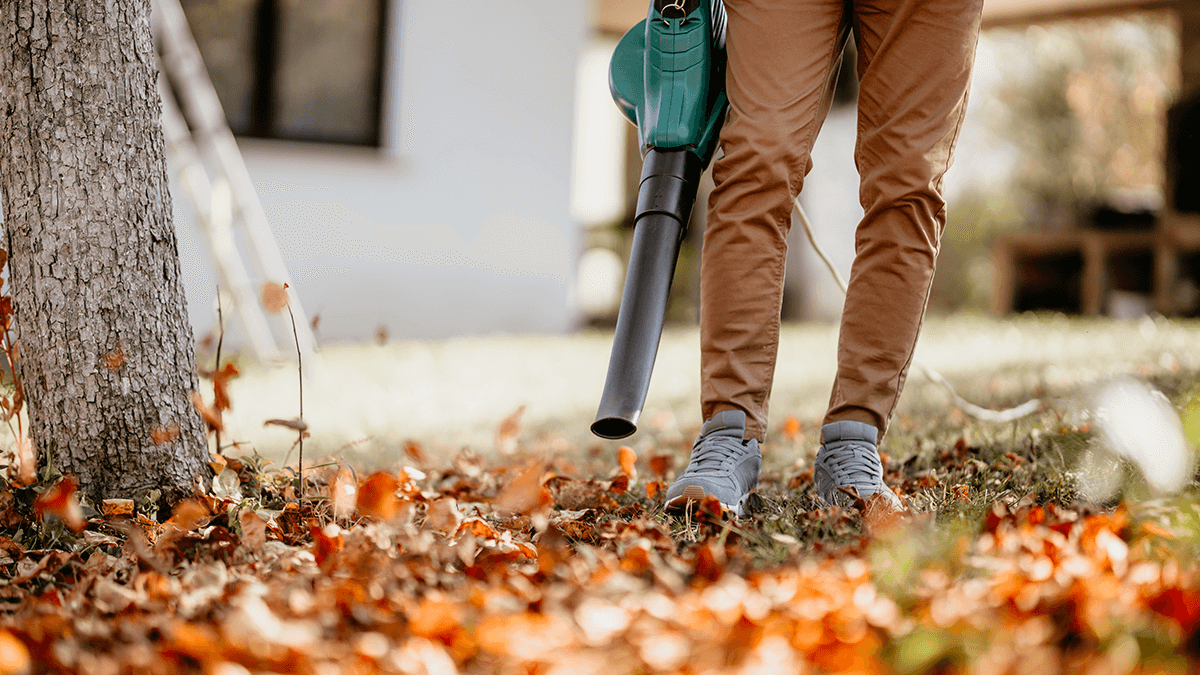What to know before buying a lawn edger
Safety and ease of use are essential when choosing a lawn edger, but what other features do you need to consider?
Last updated: 6 Nov 2023
For those who love their lawns and want a neat, precise edge between lawn and path or garden bed, a lawn edger is the tool of choice. It will leave a cleaner, more professional separation than a lawn trimmer or lawnmower, for that perfectly manicured look.
On this page:
Here are our expert tips on what to look for when buying one, from the different types of lawn edgers available and what they’re good for, to useful features and how much you can expect to pay for one.
Different types of lawn edgers
Manual or petrol? Electric or battery? We look at the options and outline their strengths and weaknesses.
Manual lawn edgers
Manual edgers are simply a long handle with a sharp blade at the end, typically a half-moon blade or a bladed wheel. They’re cheap and simple, but they can take some effort to use, and the blade must be maintained. We’ve included some in our lawn edger reviews and found that the best of them can be a very good option for small edging jobs. But if you have a lot of edging to do, a powered model will be easier.
Petrol lawn edgers
A petrol lawn edger can be a good option if you have a big space and a lot of edges to manage (though cordless edgers are generally capable of handling these spaces too). They tend to be more expensive than electric and cordless models, and have either four-stroke or two-stroke engines.
Four-stroke engines vs two-stroke engines
Four-stroke engines are usually more powerful and emit less pollution (they use regular unleaded petrol). However, they can be bulky and heavier to lug around, and require maintenance such as regular oil, fuel filter and spark plug changes. They usually work well but may be “overkill” for a typical suburban lawn.
Two-stroke engines, on the other hand, are still a common type of small petrol engine and require an oil and petrol mix. But they tend to produce an environmentally unfriendly, smoky exhaust and appear to be becoming less popular than cordless or four-stroke models.
Corded electric lawn edgers
Corded electric models are relatively inexpensive, easier to start than petrol models and also quieter to use, but you may need a long extension cord. Beware not to run over or damage the cord! It’s best to use a plug-in adaptor safety switch with corded power tools (you plug the safety switch into the power point, then the power tool’s cord into the safety switch) as this will instantly cut the power to the tool if the cord gets damaged.
Cordless/battery lawn edgers
Cordless/battery models are easy to start and don’t have the inconvenience of a cord dragging behind them, but you need to remember to charge the battery first. A bigger capacity battery (measured in amp-hours or Ah) will last longer.
If you have a lot of garden edges to manage, it could be worth buying a large capacity battery, say 6.0Ah or more, or a second battery that you can swap in as needed. You’ll likely also find that the battery can be used with other cordless garden tools from the same brand, which adds to the convenience of going cordless.
How much do lawn edgers cost?
Typical prices for a lawn edger range from around:
- $25–50 for a manual model
- $200 to over $800 for electric and cordless models
- $400 to over $700 for a petrol model (four-stroke engines tend to be more expensive).
Our real-world testing has found that you do tend to get what you pay for, with more expensive lawn edgers generally outperforming many of the budget models (under $100).
Features to look for in a lawn edger
Construction
You want an edger that feels solid in your hands, isn’t flimsy or wobbly, and is easy to manoeuvre on a hard surface. Some lawn edgers require assembly before use, and some specialist mower stores will prepare the unit for you so it’s ready to use straight away (especially if it’s a four-stroke petrol engine).
Comfort
A height-adjustable handle may be useful if you’re rather small or tall.
Ease of use
Check for a definite marking on the blade cover that helps in following the line between the lawn and whatever is next to the edge (a guiding tongue). It should offer good visibility while edging – so you can see what you’re doing!
Blades and blade height
Blades are typically made of hardened steel. After a time, you’ll probably need to buy a new blade (especially if it frequently comes into contact with the concrete path), so buy a model that lets you buy replacement blades readily. The blade height should be easily adjustable. A blade guard is necessary (lawn edgers should all have these), otherwise you’ll be spraying dirt around during edging.
Blade guide
A blade guide prevents the blade hitting, say, the concrete path next to your lawn. However, you’ll end up with a wider gap between the path and the grass if you use one of these.
Safety first: It’s advisable to wear closed shoes as well as eye and hearing protection when using powered lawn edgers. And if you need an extension cord for your corded electric model, always use a heavy duty outdoor extension lead and a safety switch.
Related
Kim Gilmour is a Senior project officer. She manages a range of product tests such as coffee machines, stick vacuums, bassinets, high chairs and ovens, which are all tested in our in-house labs.
Kim’s work gives people access to robust, independent advice and helps consumers make informed decisions about their purchases. Her work also helps to keep manufacturers in check, by regularly exposing product flaws which can result in better and safer products.
Prior to CHOICE, Kim spent 16 years working as a technology journalist in Sydney and London. With several years as a senior researcher/writer at our UK sister organisation, Which?.
Kim has authored how-to technology books such as Spotify for Dummies and Digital Photography for the Older and Wiser.
Kim has a Bachelor of Arts in Communication (Journalism) from Charles Sturt University.
Find Kim on LinkedIn.
Kim Gilmour is a Senior project officer. She manages a range of product tests such as coffee machines, stick vacuums, bassinets, high chairs and ovens, which are all tested in our in-house labs.
Kim’s work gives people access to robust, independent advice and helps consumers make informed decisions about their purchases. Her work also helps to keep manufacturers in check, by regularly exposing product flaws which can result in better and safer products.
Prior to CHOICE, Kim spent 16 years working as a technology journalist in Sydney and London. With several years as a senior researcher/writer at our UK sister organisation, Which?.
Kim has authored how-to technology books such as Spotify for Dummies and Digital Photography for the Older and Wiser.
Kim has a Bachelor of Arts in Communication (Journalism) from Charles Sturt University.
Find Kim on LinkedIn.
Chris Barnes is a Senior Project Officer. He manages the product reviews that are done outside of CHOICE with external labs or data sources. This includes solar panels, electric heaters, air purifiers and detergents.
Chris also manages our testing services through our commercial arm, Test Research, and he is CHOICE's NATA authorised representative for our lab's formal accreditations.
Chris is involved with the standards committee for air conditioners. And he works with government and industry in areas such as product safety and regulation.
In over 20 years at CHOICE, Chris has managed lab teams for a wide range of products, including children's products, kitchen appliances, laundry appliances, garden power tools and more.
Chris has a Science degree from the University of Sydney.
Find Chris on Twitter (X) and LinkedIn.
Chris Barnes is a Senior Project Officer. He manages the product reviews that are done outside of CHOICE with external labs or data sources. This includes solar panels, electric heaters, air purifiers and detergents.
Chris also manages our testing services through our commercial arm, Test Research, and he is CHOICE's NATA authorised representative for our lab's formal accreditations.
Chris is involved with the standards committee for air conditioners. And he works with government and industry in areas such as product safety and regulation.
In over 20 years at CHOICE, Chris has managed lab teams for a wide range of products, including children's products, kitchen appliances, laundry appliances, garden power tools and more.
Chris has a Science degree from the University of Sydney.
Find Chris on Twitter (X) and LinkedIn.

